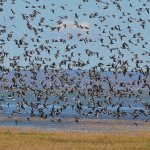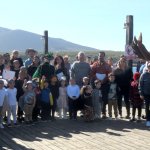Our Executive Office is pleased to announce and welcome Coquimbo Bay as a new Western Hemisphere Shorebird Reserve Network (WHSRN) site of Regional Importance in Chile. The Bay is shared by the municipalities of La Serena and Coquimbo, in the province of Elqui, Coquimbo Region, in what is known as the “Norte Chico” of Chile.
The 206-hectare site features natural coastal wetland habitats with extensive sandy beaches and dunes, lagoons and estuarine waters. The coastal wetlands extend along the bay: El Culebrón, the mouth of the Elqui River, and Laguna Saladita – Punta Teatinos, the former in the district of Coquimbo and the latter two in La Serena. In total, more than 170 bird species have been recorded in the ecosystems of the lagoons, estuaries, beaches and dunes of the Bay. More than 1% of the population of the pitanay subspecies of the American Oystercatcher (Haematopus palliatus) lives in the area.
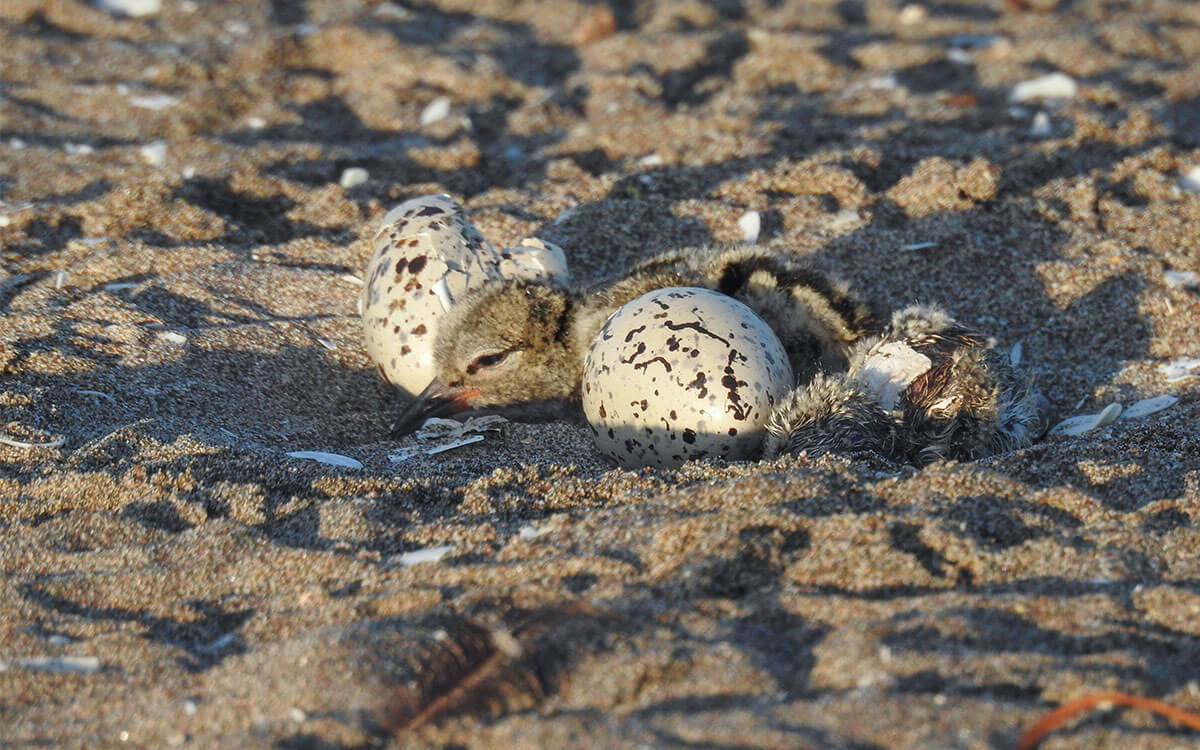
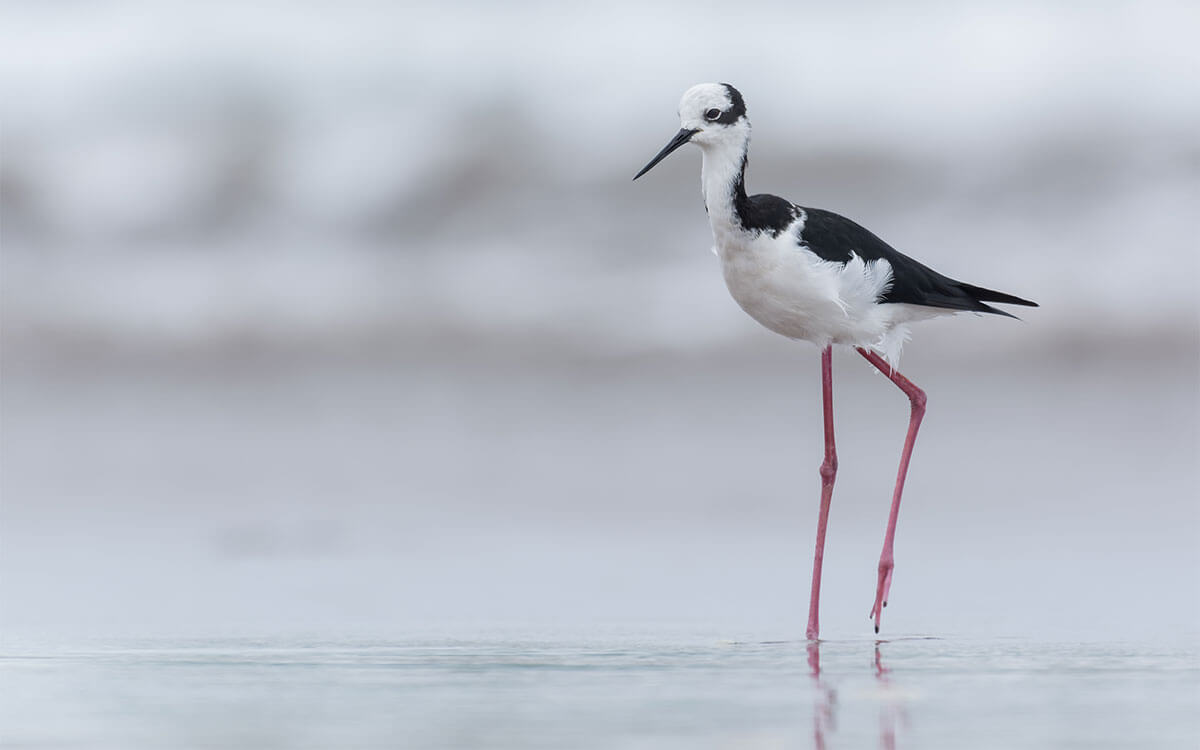
Left: American Oystercatcher chick (Haematopus palliatus) at Coquimbo bay Photo: Pablo Gutiérrez. Right: Black-necked Stilt at Coquimbo Bay. Photo: Katherine Sanhueza.
Importantly, Coquimbo Bay is one of the sites with the highest recorded abundance of the pitanay subspecies in Chile, with recent counts of up to 444 individuals in summer and 635 individuals in winter, representing more than 3.4% and 4.8%, respectively, of the biogeographic population of the species.
Snowy Plover (Anarhynchus nivosus) and the Southern Lapwing (Vanellus chilensis) use the site throughout their lifecycle, including for breeding.
In addition, the area is used as a resting and feeding area for many Nearctic migratory shorebirds, including Sanderling (Calidris alba), Baird’s Sandpiper (C. bairdii), Whimbrel (Numenius phaeopus), Ruddy Turnstone (Arenaria interpres), Greater Yellowlegs (Tringa melanoleuca) and Lesser Yellowlegs (T. flavipes), among others. The site also hosts southern migratory shorebirds such as the Rufous-chested Dotterel (Zonibyx modestus).
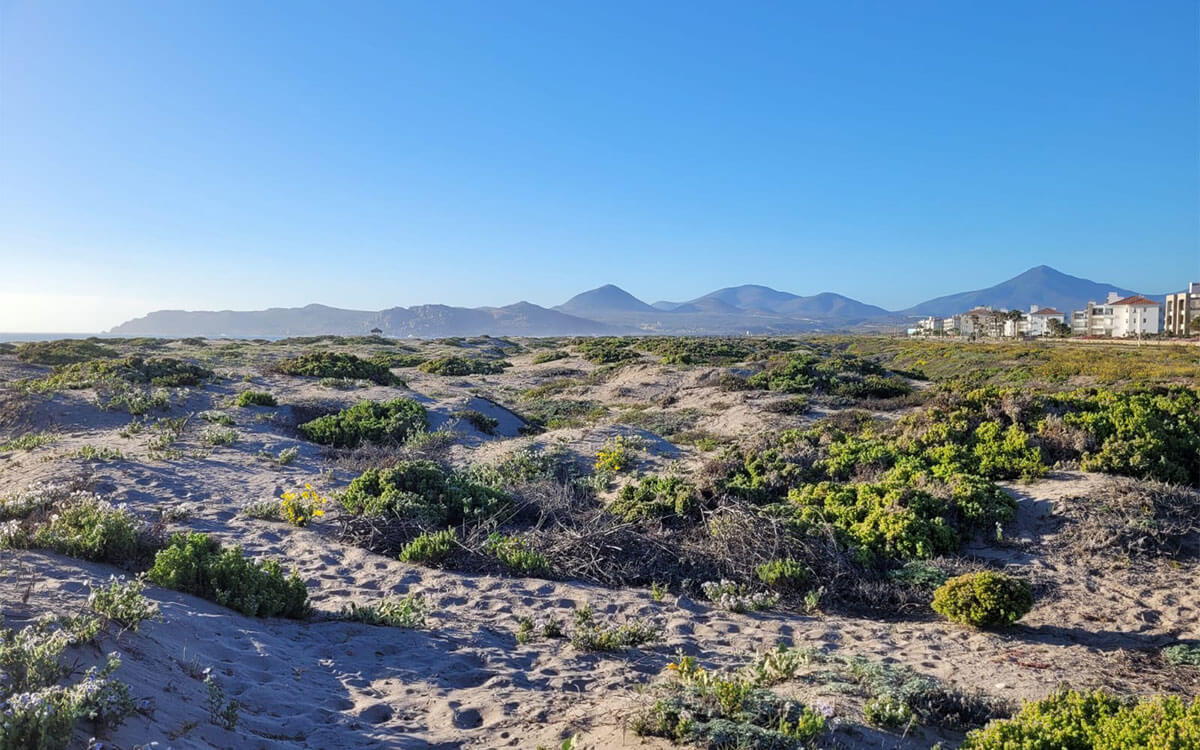
North part of Coquimbo Bay. Photo: Sharon Montecino.
This new WHSRN site was nominated by Red de Observadores de Aves y Vida Silvestre de Chile – ROC (Chilean Bird and Wildlife Observers Network) with the support of the Dirección General del Territorio Marítimo y de Marina Mercante (Coquimbo Maritime Governor’s Office) as the responsible entity. The nomination was accompanied by several letters of support from key actors and institutions in the region, such as the Municipalities of Coquimbo and La Serena, the Agriculture and Livestock Service, the Centro de Estudios Avanzados en Zonas Áridas – CEAZA (Center for Advanced Studies in Arid Zones), the Centro Neotropical de Entrenamiento en Humedales – CNEH (Neotropical Wetlands Training Center), Corporación de Desarrollo Regional de la Región de Coquimbo (Regional Development Corporation of the Coquimbo Region), Asociación Gremial de Pescadores de Caleta San Pedro (Fishermen’s Guild Association of Caleta San Pedro), Condominio Serena Golf Neighborhood Council, Dunamar Neighborhood Council, 1-R Caleta San Pedro Neighborhood Council, Barrio del Mar, the GEF project Costal Wetlands – Elqui, and numerous NGOs and civil society organizations: Red de Observación y Conservación de las Aves Silvestres de la Región de Coquimbo – Redaves, Surgencia, Elqui Verde, Olas Limpias, Ecoterra, Comunidad Indígena Diaguita Amack Tambillos and Artesol de Caleta San Pedro.
With the addition of the Bay of Coquimbo, the network now has 120 sites in 20 countries, including 9 sites in Chile.
Cover Photo: Beach at the north side of Coquimbo Bay. Photo: Sharon Montecino.





